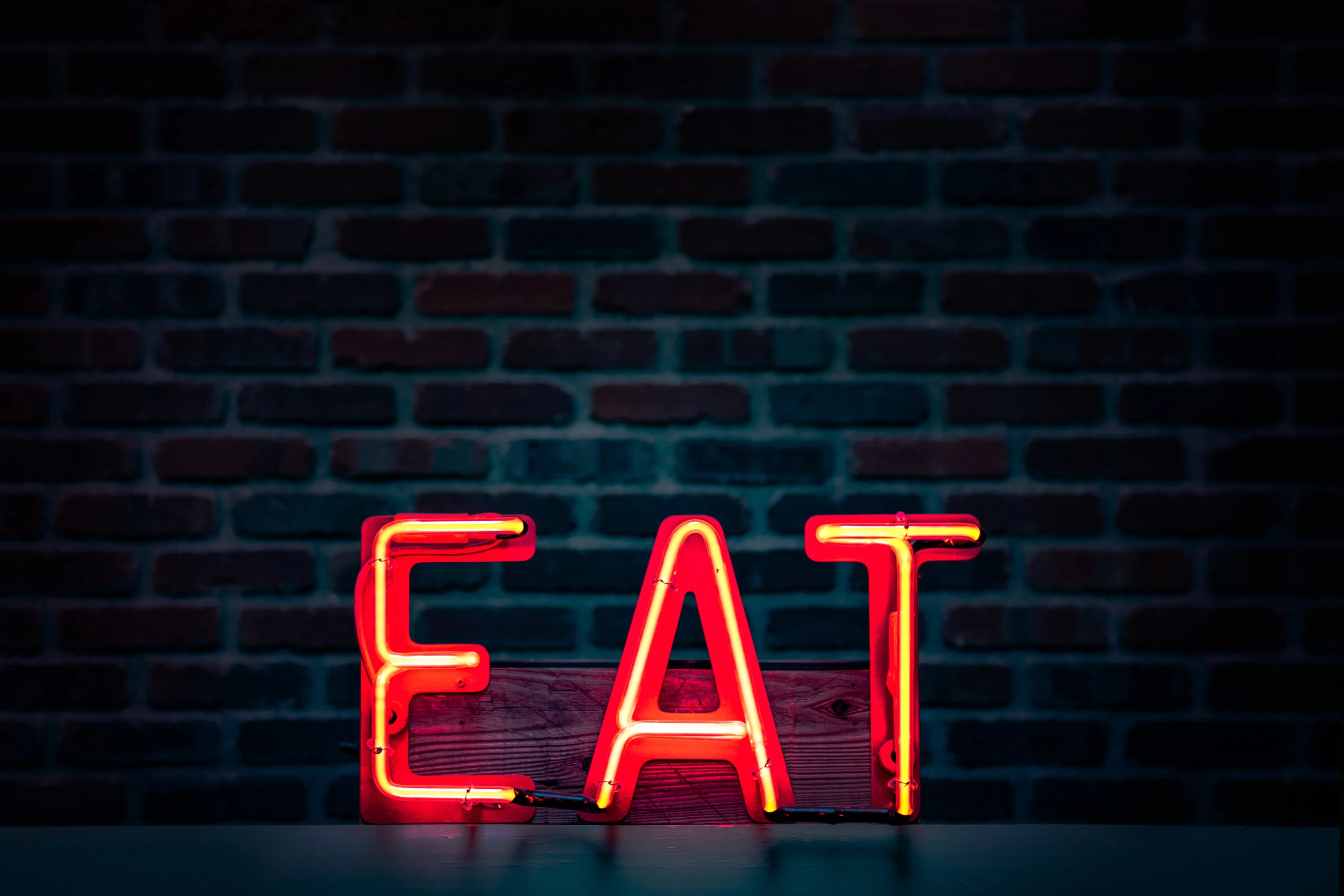Eating Disorder
What is an eating disorder?
An eating disorder is generally defined as “abnormal eating behaviors that negatively affect a person’s physical or mental health”. Generally, people will eat three meals and a few snacks throughout the day (give or take minor differences in eating habits). Balanced meals are defined as a protein, a carbohydrate or starch, and vegetables. A person with an eating disorder may do any of the following: restrict calories, obsessively count calories, obsessively focus on numbers like pants size or numbers on the scale, binge eat to the point of feeling sick, regurgitate food, hide food, eat in secret, get rid of food in secret, refuse to eat whole categories of food like meat or sugary items, and over-exercise.
Most people experience consequences to disordered eating including:
being over or under-weight, unable to focus, brain fog, low energy and wanting to sleep all of the time, isolating, avoiding joining in on activities where there might be unexpected food stops, embarrassment and guilt over eating patterns, increased anxiety and depression or irritability, poor relationships due to their eating behaviors worrying others.
What is the difference between typical and atypical eating disorders?
Most eating disorders have a theme of wanting to change their body, having low self esteem, or believing they are ugly in some way. However, with an atypical eating disorder you may not experience body image issues seen in other eating disorders. Generally, a person will still experience health consequences such as not being a normal weight, but they don’t understand why they don’t want to eat or can’t handle certain types of textures or foods.
Atypical eating disorders are generally rooted in underlying mental health issues.The symptoms below will demonstrate what this can look like for various mental health issues.
How does eating change with different mental health issues:
Autism: Difficulty with textures of foods, wanting to only eat junk food, sticking to only a few foods that are low in nutrients, obsessively eating sugary items, leaving old food in places that bring bugs into the home, wasting excessive amounts of money on gas station foods and drinks.
OCD: Difficulty with textures, feeling like food looks or feels repulsive, fear that something is wrong with the food, fearing food it is contaminated, feeling like it is too difficult to make decisions about food so it’s not worth the effort, gag reflex with certain textures, fear of choking, fear of throwing up, fear of an allergic reaction to food.
ADHD: Wanting to only eat snacks and junk food, difficulty with textures that come with healthy foods, gag reflex being activated with certain foods or textures, eating excessively at night, always wanting sugary items, tantrums over junk foods, getting into trouble for leaving old foods in inappropriate places like under the bed
Depression or bipolar: Cycling between over and under eating, forgetting to eat, no energy to make food, only having body image issues in a depressive episode.
ARFID: Fear of choking, only willing to eat soft foods, not feeling hungry and feeling like eating is a chore, hiding food so you don’t have to eat it, secretly getting rid of food, disordered eating habits began as a baby or young child, generally no body image issues.
Pica: Eating things that are not food such as paint, dirt, metal items, toxic items when it is not developmentally appropriate.
How do I know if I need help?
- If your eating habits are hidden in any way.
- If your eating habits cause guilt or embarrassment.
- If your eating habits are affecting your relationships or quality of life.
- If your doctor has told you that your weight is unhealthy.
- If thinking about your weight causes anxiety or depression to increase.
- If you have caused harm to your body in some way due to your eating habits.




